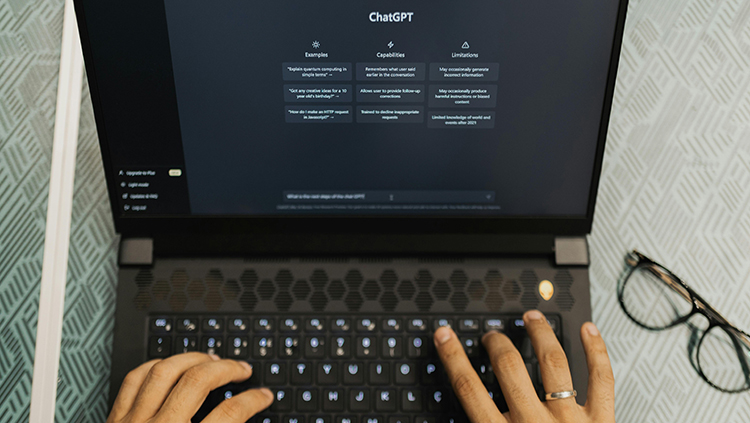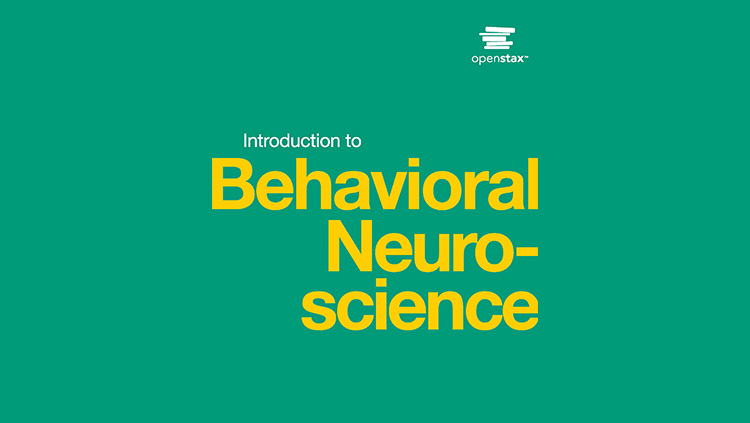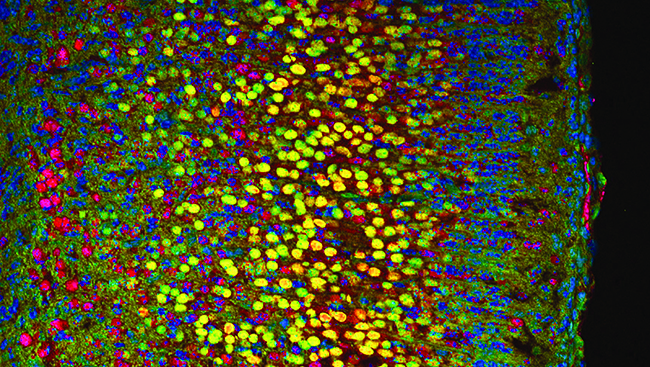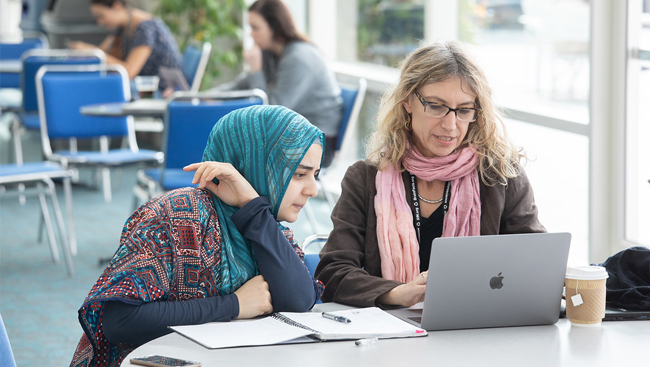
Jasmine Pathan is a neuroscience PhD candidate at the City University of New York, Graduate Center, whose research focuses on improving motor function after a spinal cord injury. Additionally, Pathan serves as a New York Academy of Sciences program mentor and guides international student teams in project-based challenges related to the United Nations Sustainable Development Goals. Here, she explains how AI tools, specifically ChatGPT, can revolutionize teaching neuroscience while acknowledging their limitations.
Neuroscience education is transforming by integrating cutting-edge technologies such as ChatGPT into classrooms. This AI-powered model, designed to emulate human-like interaction, offers a simplified and engaging avenue for comprehending intricate theories and ideas in neuroscience. Customized learning experiences, improved comprehension of complex concepts, and cultivation of critical thinking skills are all benefits of integrating ChatGPT into classrooms. This AI-powered model is invaluable for educators preparing students for a technology-driven future.
Benefits of ChatGPT
Traditionally, teaching neuroscience was a challenge — needing to convey complex theories and terminology understandably. ChatGPT solves this challenge by providing clear explanations and facilitating interactive conversations that promote better understanding. Using the power of AI, ChatGPT offers a modern approach to learning neuroscience that surpasses historical barriers and enhances the overall learning experience. Additionally, ChatGPT provides personalized support to each student, adapting responses to their unique learning needs and pace. By generating simple and easy-to-understand explanations and catering to individual comprehension levels, ChatGPT offers customized guidance, making even the most intricate neuroscience concepts accessible and understandable. From synaptic transmission to neural circuitry and brain function, ChatGPT simplifies complex topics into digestible information, promoting better retention and understanding. It also empowers students to navigate neuroscience complexities through interactive conversations and personalized assistance, enhancing their learning journey efficiently.
Developing Critical Thinking Skills with ChatGPT
Educators are crucial in promoting integrity and accountability in a technology-driven era. They can achieve this by encouraging the responsible use of tools like ChatGPT while emphasizing the importance of critical thinking and human creativity. Educators should encourage critical and independent thinking and stimulate discussions on technological implications to prepare students for the future. We can strategically incorporate ChatGPT into assignments to familiarize students with the technology and emphasize responsible use while being efficient. For instance, educators can design activities that encourage students to use ChatGPT to generate summaries or study guides. This approach can help students develop critical thinking skills by evaluating the information generated by ChatGPT and verifying it against trusted sources. Including activities that encourage students to use ChatGPT to create summaries or study guides can help them develop critical thinking skills by evaluating and verifying the information provided against trusted sources. It is essential to encourage critical and independent thinking while stimulating discussions on the technological implications of such advancements to prepare students for the future landscape of neuroscience education.
Fostering a Positive Learning Environment
Educators play a pivotal role in guiding students through this integration by facilitating discussions on the technological implications and limitations of ChatGPT. Educators ensure its incorporation aligns with ethical guidelines by emphasizing the importance of academic integrity and ethical standards. Creating a positive learning environment grounded in critical thinking, educators encourage responsible use through activities that prompt students to navigate ChatGPT’s capabilities honestly. One notable example of innovative integration comes from Taiwan, where students engage in simulated dialogues with ChatGPT. This interactive approach enhances retention and fosters critical thinking skills through active participation in the learning process. By navigating ChatGPT’s unique features with ethical awareness, neuroscience education can harness its potential to enrich learning experiences while upholding responsible usage practices.
Limitations of ChatGPT
While ChatGPT presents numerous advantages, it is crucial to recognize the irreplaceable role that human cognition plays in neuroscience education. Here’s why human cognition remains indispensable.
Despite its capabilities, ChatGPT has limitations. A recent misuse case highlights the importance of educators teaching students to verify the information and exercise discernment. The New York Times article underscores the need for responsible technological integration in education, teaching students to demonstrate and discern information instead of unquestioningly accepting it.
ChatGPT is a supplementary tool rather than a replacement for critical thinking and creativity. By guiding students to recognize the limitations of ChatGPT while harnessing its potential, educators can help foster a more nuanced understanding of neuroscience. Educators should facilitate discussions on the technological implications and constraints of ChatGPT to help guide students through its integration. They should ensure its use aligns with ethical guidelines and emphasize the importance of academic integrity and ethical standards. By creating a positive learning environment grounded in critical thinking, educators can encourage responsible use of ChatGPT through activities that prompt students to navigate its capabilities honestly.








